Since we only want to do dayhikes, we based ourselves in Shingu in a traditional Japanese house next to the train station, convenient for bus and train. We all rather liked our base. We later realized that most visitors stay at the bigger town of Katsura.
Arrival day we walked around town in Shingu. According to our landlady, the cliff shrine was original shrine. Shingu (new shrine) was built when local people wanted a better home for their deity. On the first full day, we walked from Yunomine Onsen to Hongu, which turned out to be an adventure. When we were on the main trail to Hongu, we realized that foreigners outnumber Japanese 10 to 1. On the second day (stay tuned for Part Two of this post) we walked to different sites in Nachi area, bused to Katsura, walked around Katsura, bused to Koyasaka, and walked home.
We all had fun because we got to hangout with our friends. Otherwise, I think Kumano Kodo might be overrated.
As soon as we were settled in our apartment in Shingu, we headed out for an afternoon walk up, up up the amazing stone stones steps to Kamikura Shrine, a big rock with great views back to town and the Pacific Ocean beyond.
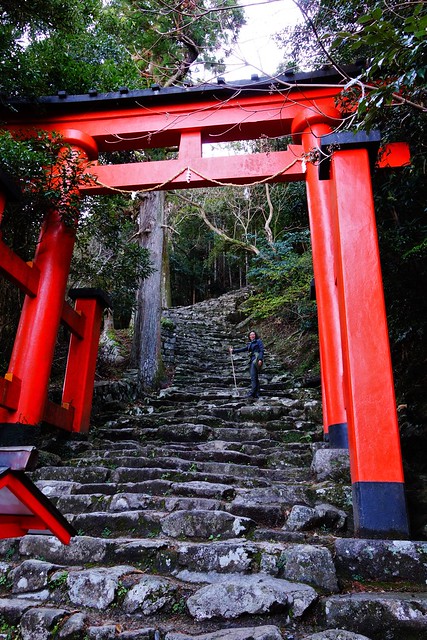


Back down.



And then along the hills to one of the 3 important shrines on this part of the pilgrimage trail, Kumano Hayatama Taisha Shrine.


And then up to Shingu Castle ruins for some views; first across the river, then back to our house.
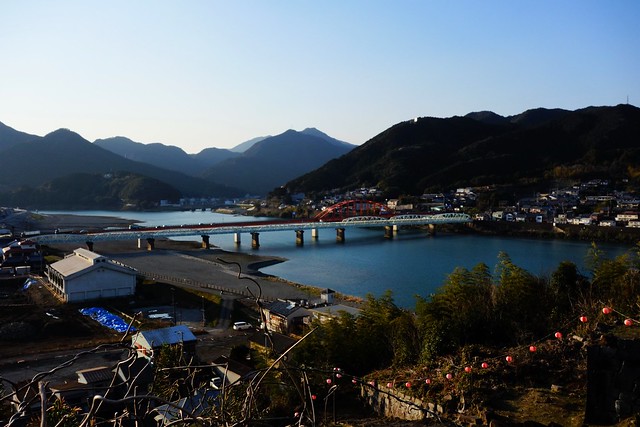

And home to our house (Airbnb) - following the Kumano Kode trail markers - where SL cooked up a tremendous pile of veg noodles.


The next morning we rode the bus to the Hongu Taisha Shrine bus stop and visitor center where there is a marker commemorating the only 2 pilgrimage trails designated as UNESCO World Heritage Monuments; the Way of St James and the Kumano Kodo.

There is also a 90-foot tall Torii.


However we did not visit the Hongu Shrine but instead took the bus to Yunomine Onsen trailhead, planning to walk back to Hongu.

Problem!!!The trail north to the halfway point at Hosshinmon-oji is closed. No problem just go under the ribbon much to the horror of Jinhong. ;-0 Photo below courtesy of JinYi.

The trail was closed - do to trail work and landslides - so we had it all to ourselves. A very fine walk. There were trail markers every 500 meters counting down how many 500-meter segments to the end of the trail.



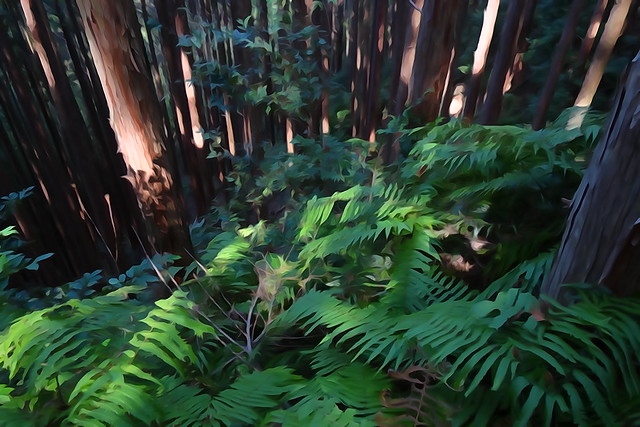

We crossed this not-yet-repaired landslide with no trouble. For context, that black pipe is about 2 feet in diameter.
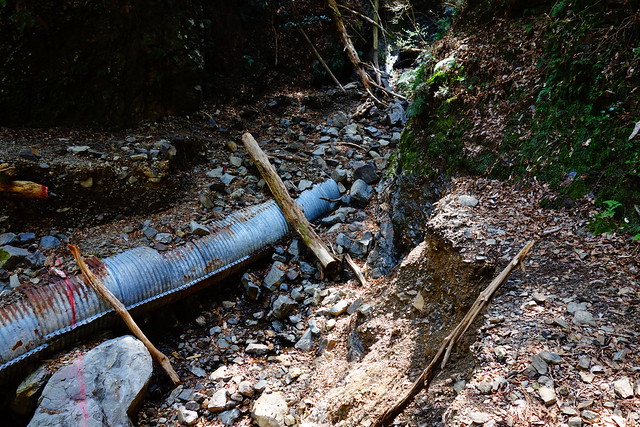
Photos below courtesy of JinYi


At at the very end of the trail a bridge was out but the temporary bridge worked just fine.

We were all very, very happy to complete the "closed" trail and walk out past the "trail closed" signage and barrier.

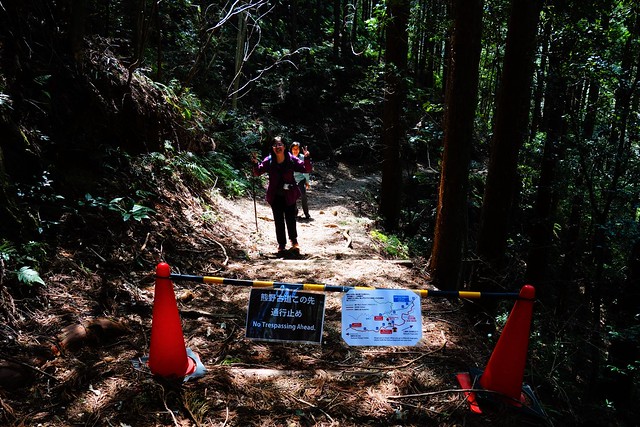
The "open" trail to Hongu Taisha was fairly busy with mostly Western tourists.

Sun-Ling bought some "honor system" mushrooms for dinner.

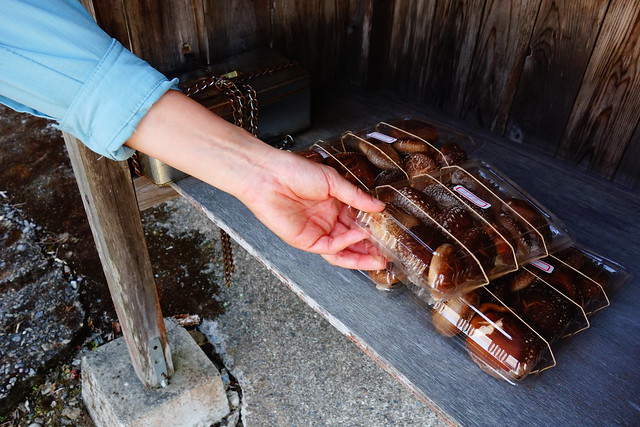


Viewpoint above Hongu Taisha.


Hongu Taisha is very similar to Shingu Taisha minus the red colors.



And down the steps back to the bus stop.

GPS track for the day.

And another fabulous fried noodle dinner with local mushrooms.
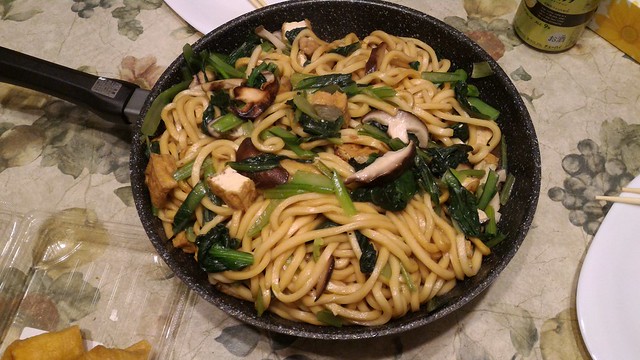
After dinner we walked up to the Shingu Castle.



No comments:
Post a Comment